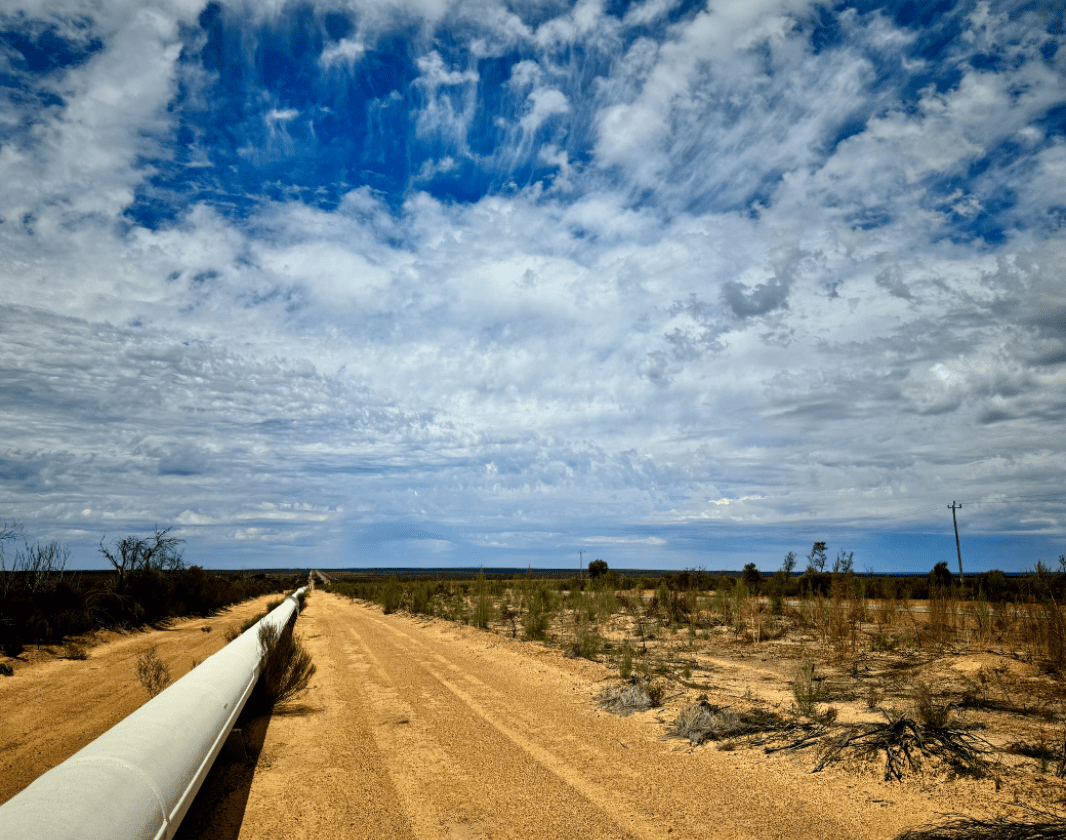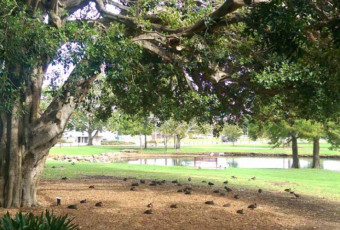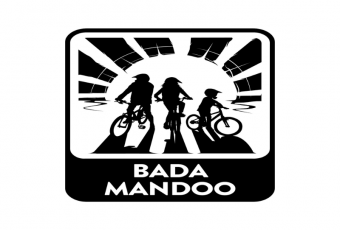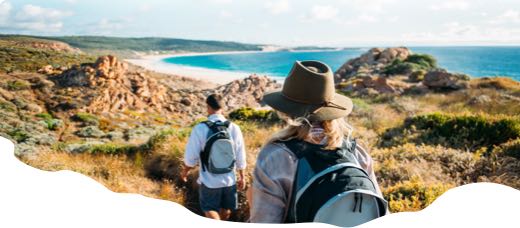Golden Pipeline Heritage Trail, Mundaring Weir to Kalgoorlie Golden Pipeline Heritage Trail, Mundaring Weir to Kalgoorlie



Trails WA supports the seven principles recommended by Leave No Trace Australia for minimising your impacts when using the trails.
Learn moreAbout Golden Pipeline Heritage Trail, Mundaring Weir to Kalgoorlie
Stop to explore where they stopped to rest and fill their waterbags. Prospectors learned that water is more precious than gold - some died of thirst - and a scheme was devised to deliver water further and higher than ever before to supply the goldfields. The well-signposted Golden Pipeline Heritage Trail follows this life-giving water east from its source in the forested Perth Hills, through the golden expanses of the Wheatbelt to the gold boomtown of Kalgoorlie.
The Trail is a great way to learn about Western Australia, past and present and CY O'Connor, the engineer who designed the water scheme. The Golden Pipeline is so named because of the Golden Fleece (6 million sheep rely on it), the Golden Sheaves of the Wheatbelt and Gold from Australia’s richest goldfields. The trail includes dams and wells built before the pipeline, natural attractions such as nature reserves, gold mining towns and abandoned town sites.
Apart from Goldfields Road, you travel on old Eastern Railway reserve, along which trains steamed, and the maintenance road alongside the water supply pipeline. Only two small sections are unsuitable for caravans. A range of accommodation is available at towns en route.
The trail is ideal for motorists who have a couple of days or more to explore the history, hospitality and horizons of Golden Pipeline Country. There's plenty to get you out of your car: 100-year old pumping stations, remote sites where workers lived to keep the water flowing, walk trails around massive granite outcrops.
Water spends at least a week in the pipeline from source to destination and we recommend you too take your time to get the most from the trail. There are plenty of opportunties to stop, get out of the car and explore. The 25 interpreted sites along the trail have illustrated informative signs to help you discover more and a comprehensive guide book will enhance your drive trail experience.
The "Golden Pipeline Heritage Trail Guide" packed with easy to read maps, photographs and information is available from good book stores in Perth and major WA towns, visitor centres and newsagents in Golden Pipeline Country and The National Trust’s website.
Access the Golden Pipeline Heritage Trail at Mundaring Weir if travelling west to east; or at Mount Charlotte on the outskirts of Kalgoorlie if travelling east to west. The Trail is well marked with large brown tourist roadside signs. These indicate direction at major intersections and reassurance shield signs appear regularly along the route. All carry the distinctive Golden Pipeline logo.
Kalgoorlie Boulder Visitor Centre
(08) 9021 1966
- [email protected]
- Visit website
- 316 Hannan Street, Kalgoorlie WA 6430
Other Links
- The Golden Pipeline Heritage Trail website
-
Destination Perth
Comprehensive information on the Perth region including destinations, things to see and do, accommodation and tours.
-
Australia’s Golden Outback
Comprehensive information on the Golden Outback region including destinations, things to see and do, accommodation and tours.
Be trail ready for Golden Pipeline Heritage Trail, Mundaring Weir to Kalgoorlie
Here is everything you need to know before visiting this trail.
Time / Duration
3 - 5 days
Length
650km
What To Pack
Group D - Drive Trails (Drive trails: 2WD & 4WD) required.
What To Pack
Group D - Drive Trails (Drive trails: 2WD & 4WD)
- Ample fuel, water and non-perishable food
- Maps
- Recovery gear, spare tyres and parts
- Two-way communication
- First Aid Kit (check that items are clean, properly sealed, have not exceeded expiry dates and that used items have been replaced).
- Extra fuel and water in case you get lost or your vehicle breaks down
- Consider taking a PLB or satellite phone
- Park entry fees may apply, check the trail information on each trail to find out more
Additional Useful Items
Comprehensive guidebook available.Trail Start
Mundaring Weir, 34km (45 minutes) from Perth if travelling west to east; or at Mount Charlotte on the outskirts of Kalgoorlie if travelling east to west
Facilities
Trail passes through towns, Some of the interpreted sites can be explored in wheelchairs. Contact The National Trust for further information.- Camping
- Picnic Area
- Public Toilet
Best time of year
September to November. The trail can be undertaken at any time of the year, but be aware of possible weather conditions. Summer temperatures are high.
Trail Access
Road


Complete Golden Pipeline Heritage Trail, Mundaring Weir to Kalgoorlie to earn badges and points!
Earn points and badges and become a "TrailsWA Expert" by completing trails and leaving reviews.

Earn 1 point towards
your TrailsWA level




1 trail goers have rated Golden Pipeline Heritage Trail, Mundaring Weir to Kalgoorlie as 3 out of 5!
We love to hear from people who've been on our Western Australian trails, so it would be most appreciated it if you wanted to leave a review.
Add your review of Golden Pipeline Heritage Trail, Mundaring Weir to Kalgoorlie
Like this trail? Explore others nearby
More around Golden OutbackSupported by great organisations
Trails are free and bring so many benefits to our community by providing opportunities to have fun, get fit, socialise, explore and challenge yourself. But they also have to be managed and maintained which only is made possible through terrific sponsors, donations and/or volunteering.
-(1680-×-200-px).jpeg)

View 6 Photos of Golden Pipeline Heritage Trail, Mundaring Weir to Kalgoorlie
Upload your photo of Golden Pipeline Heritage Trail, Mundaring Weir to Kalgoorlie
Report a Problem
You are reporting a problem for Golden Pipeline Heritage Trail, Mundaring Weir to Kalgoorlie. Please be as detailed as possible to help us appropriately identify and address the issue.














